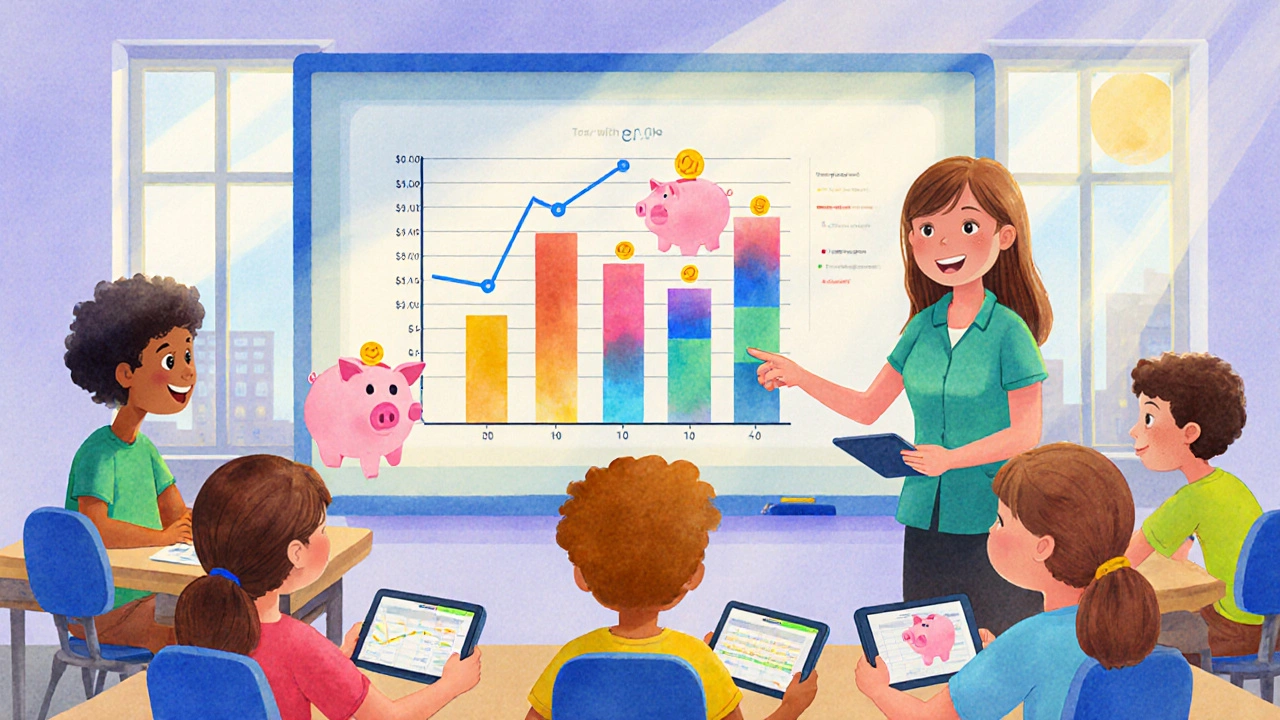Classroom Financial Literacy: Real Skills for Real Money Decisions
When we talk about classroom financial literacy, the practical knowledge and habits taught in schools to help people manage money wisely. Also known as personal finance education, it’s what turns abstract ideas like compound interest or credit scores into daily habits that actually change your life. Most schools teach it as a one-off lesson—maybe a worksheet on budgeting or a video about saving. But real financial literacy isn’t about memorizing terms. It’s about building instincts: knowing when to say no to a buy-now-pay-later deal, understanding why your paycheck shrinks after taxes, or recognizing that a low monthly payment on a car loan can still cost you thousands extra over time.
True money management, the ongoing practice of tracking income, controlling spending, and planning for future needs doesn’t come from textbooks. It comes from repetition, real consequences, and clear feedback. Think about it: if you’ve ever been charged an overdraft fee because you didn’t check your balance, or paid high interest on a credit card because you didn’t know how minimum payments work, that’s not a lack of intelligence—it’s a lack of practical training. The same goes for debt awareness, the ability to recognize which debts are tools and which are traps, based on interest rates, terms, and real-life impact. A student might know the formula for calculating interest, but if they’ve never seen how $500 in credit card debt grows to $800 in a year, they won’t feel it. And feeling it is what changes behavior.
That’s why the posts in this collection matter. They don’t talk about financial theory in isolation. They show how classroom financial literacy connects to real-world systems: how BNPL affects your credit score, why hidden fees eat into your returns, how insurance gets baked into purchases you didn’t even know you were buying, and what happens when you don’t understand how bond yields or interest rate changes impact your savings. These aren’t abstract concepts. They’re daily decisions that add up. Someone who learns to track their spending in a spreadsheet, who knows how to read a fee schedule, or who understands why a 0.5% difference in investment fees can cost them tens of thousands over time—they’re not just educated. They’re empowered.
You won’t find fluff here. No motivational quotes about dreaming big. No vague advice to "save more." Just clear, practical breakdowns of how money moves, who profits from your confusion, and how to take back control—whether you’re just starting out or trying to fix mistakes made years ago. What you’ll find below are tools, examples, and warnings from people who’ve been there. No jargon. No sales pitches. Just what actually works when the bills come due.



